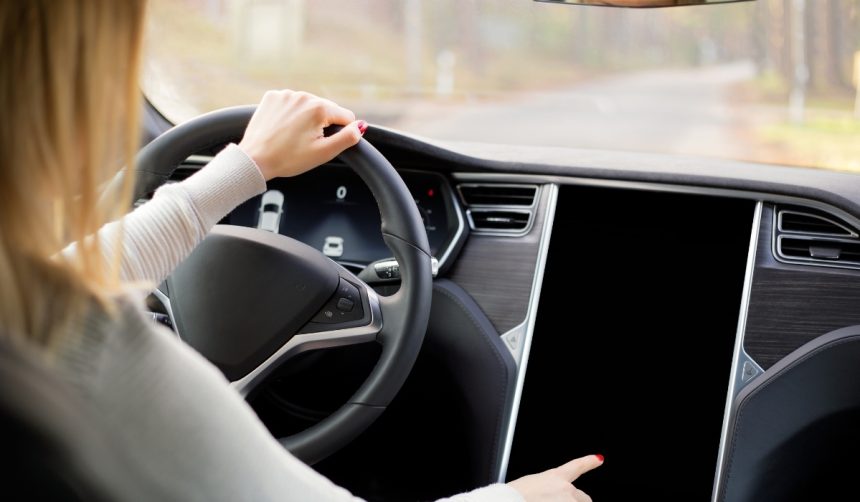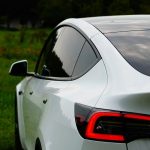Tesla is heading into the final days of the second quarter with two critical objectives in sight. As part of its ongoing strategy to broaden its product portfolio and enhance delivery logistics, the company is focusing on launching affordable vehicle models and enabling vehicles to self-deliver to customers for the first time. These efforts signal Tesla’s attempt to further expand its reach into new market segments and refine its operational processes to streamline how customers receive their cars. Interest is high among industry observers, as the outcome could impact both Tesla’s sales momentum and its technological standing in the automotive sector.
Assessment of previous developments indicates that announcements around affordable models and autonomous delivery functions have been part of Tesla’s projected plans for several years. Reports last year spoke of a potential affordable model, often dubbed “Model 2” or “Model Q,” with speculation about price points and manufacturing sites. Test vehicles were sighted but with little official confirmation. Updates about self-delivery have also surfaced periodically, yet implementation timelines have consistently edged forward. The recent public reveal of the Robotaxi platform marks significant progress beyond earlier demonstration projects, suggesting that Tesla is pushing closer to delivering on these long-anticipated goals within the current quarter.
What Progress Has Been Made on Affordable Tesla Models?
Tesla has maintained, through official communications, that it remains on schedule to introduce affordable models utilizing elements from both its current and next-generation platforms. These new vehicles are expected to be produced on existing manufacturing lines and offer consumers options at lower price points than current offerings.
“Plans for new vehicles, including more affordable models, remain on track for start of production in the first half of 2025. These vehicles will utilize aspects of the next generation platform as well as aspects of our current platforms and will be produced on the same manufacturing lines as our current vehicle line-up.”
While sightings of test cars in Giga Texas and activity at the Fremont Factory have spurred discussion, Tesla has yet to provide public updates about possible delays, suggesting that the timeline remains unchanged.
How Will Tesla’s Self-Delivery Initiative Work?
The company is expected to enable certain vehicles to self-deliver to customers, a process that has involved testing self-driving Model Y units without drivers in Austin. According to recent statements, the first commercial instance of this could occur imminently, although it is anticipated to be limited to local customers near Gigafactory Texas. Future plans include scaling the process where vehicles travel autonomously from centralized delivery points, such as dealerships or service centers, to customer residences. The feature aims to leverage Tesla’s in-house automated driving capabilities, streamlining the delivery experience for buyers.
What Are the Implications for Tesla’s Strategy?
Initiating production of affordable models and demonstrating vehicle self-delivery represent key strategic moves for Tesla. Offering lower-cost vehicles could strengthen its position in markets where affordability is crucial, potentially attracting new customer segments. Meanwhile, automated delivery stands to reduce logistic costs and illustrate the practical utility of its Full Self-Driving (FSD) technology. Both milestones together may influence perceptions of Tesla’s competitiveness, not only among consumers but also within the industry and investment community.
Tesla’s near-term outlook hinges on successfully achieving these outlined objectives. Production and unveiling of the lower-priced Model Q or Model 2 would address longstanding calls for more accessible electric vehicles, while completing autonomous delivery trials may lend further credibility to Tesla’s FSD suite. Observers should monitor official statements, as confirmation—or postponement—of these milestones could sway market confidence and affect Tesla’s reported delivery figures for the quarter. Greater competition and regulatory scrutiny around autonomous driving technology remain factors that could shape Tesla’s actual rollout and market impact. Potential buyers and shareholders are advised to closely follow subsequent updates as the company’s internal deadlines approach.
- Tesla pursues affordable models and self-delivery milestones by quarter’s end.
- Implementation depends on ongoing trials and adherence to publicized timelines.
- Outcomes may affect Tesla’s position in competitive EV and technology markets.










